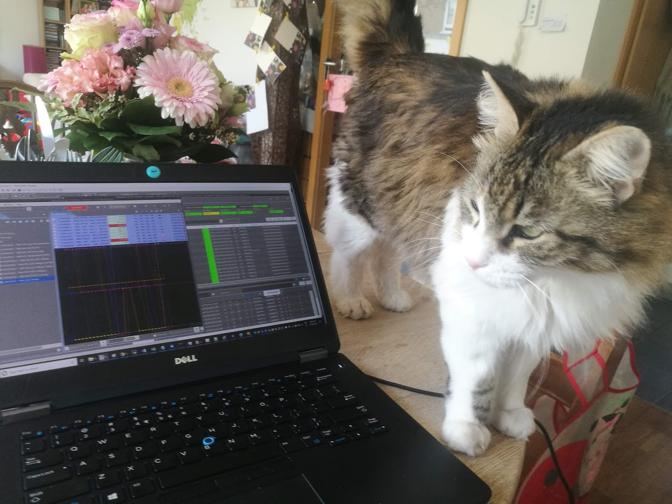The pandemic has grounded humankind
Straughn’s team was only kidding, she later told me. As absurd as the scenario might seem, it would be nearly impossible for a cat to briefly become a spacecraft-operations engineer, whether at NASA or ESA.
I reached out to people working on an assortment of space missions, ranging from Mars missions to space telescopes, and they said pretty much the same thing: Commanding spacecraft is a labyrinthian process from start to finish, with all kinds of checks and fail-safes along the way. And these days, even with the majority of staffers at NASA and ESA working remotely, a few people are still allowed to go into the office, where they follow the usual social-distancing measures. Only there, in highly secure mission-control rooms, can someone actually hit Send on a polished series of commands to a far-flung spacecraft.
Even if a cat did manage to break into one of these rooms, it’s unlikely that it could cause much damage. “Some of those commands require a mouse”—the computer kind—“clicking on certain options, so it’s not just an issue of commands being written and sent up with typos,” said Andrew Good, a spokesperson for NASA’s Jet Propulsion Laboratory, when I asked him whether any of the engineers working on the Curiosity rover, some of whom have cats, had any concerns. “A person has to make conscious choices for spacecraft commands to go up.”
Lakey biked to ESA’s mission control earlier this week to send some instructions to the Solar Orbiter. It was a nerve-racking exercise—Lakey had the spacecraft simulate a failure and then react to it—but it would have certainly been more so with his cats weaving around his ankles. “I would not let them in the control room, that’s for sure,” he said.
Still, cats can wreak a little bit of havoc on space missions from home. Although engineers can’t control spacecraft off-site, they can do everything else: write and prepare commands, assess the performance of spacecraft and their scientific instruments, and investigate any anomalies. Buttons, Lakey’s other cat, contributes in his own way. “When I’m trying to prepare commands, I get nonsense written on there and I have to delete it and start again,” Lakey said. When Buttons isn’t inserting typos, he’s inadvertently pressing Delete, erasing important work.
Why we think cats are psychopaths
Sure, there could be other culprits—tail-wagging dogs, rambunctious toddlers, well-meaning significant others. But cats pose a distinct hazard, as anyone who has watched their cat drink from an unguarded glass of water can attest. A cat is more likely to stroll across your keyboard, unfazed by an attempt to move him away just seconds ago, and look you in the eye as he does it.
But Lakey and other spacecraft engineers said too many system checks are in place to let typos or other errors pass unnoticed, regardless of the species that caused them.
Source link
 Black America Breaking News for the African American Community
Black America Breaking News for the African American Community
